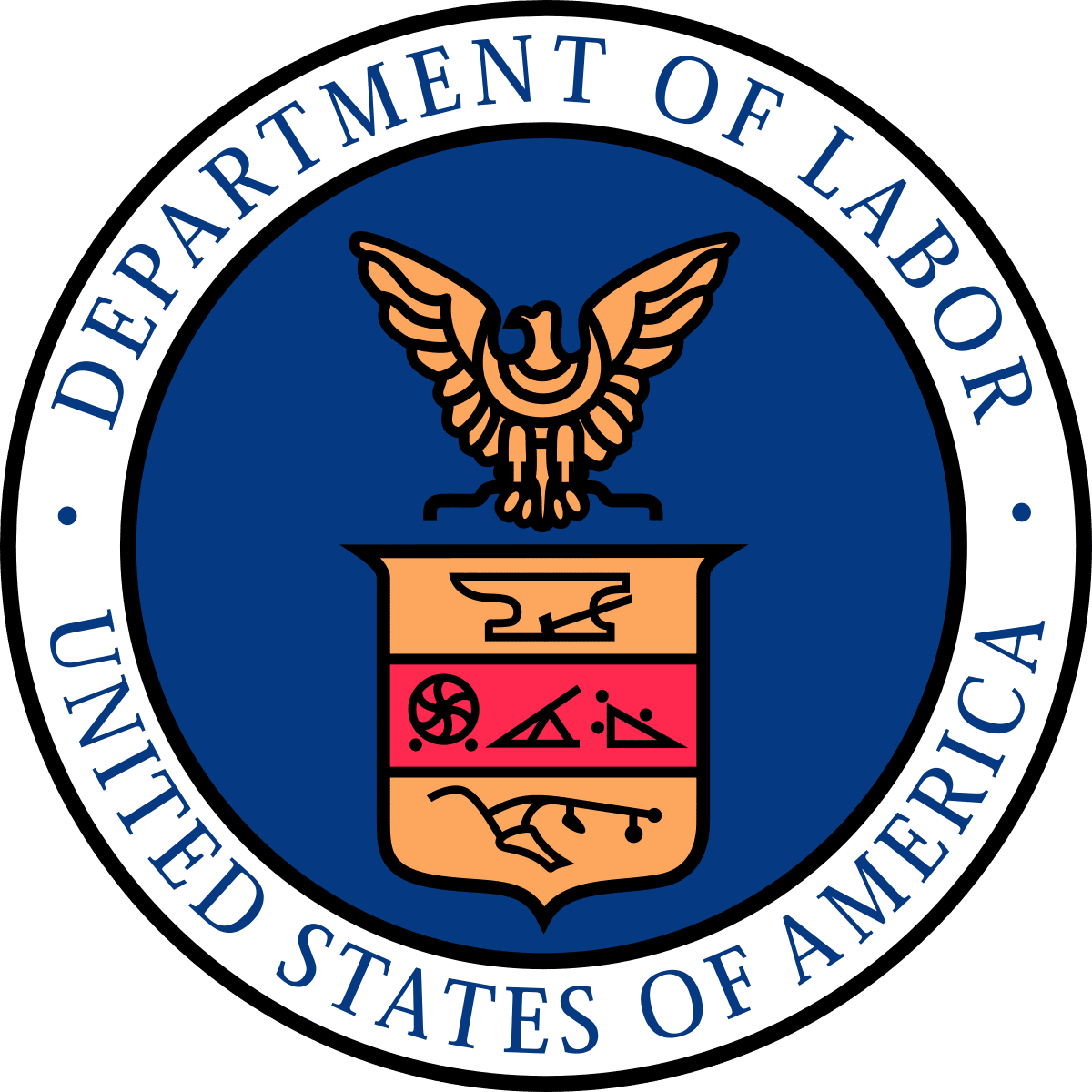
Department of Labor
Established: March 4, 1913
Mission: To foster, promote, and develop the welfare of the wage earners, job seekers, and retirees of the United States; improve working conditions; advance opportunities for profitable employment; and assure work-related benefits and rights.
Reason for creation: The Department of Labor (DOL) was created in response to corporate dominance of labor markets that kept wages low amid dangerous working conditions and to the corresponding political influence that large corporations had accumulated by the turn of the 20th century.
Desiring better working conditions and feeling that corporate influence inherently threatened the rights and representation of workers, the American labor movement repeatedly called for the voice of organized labor to be represented in the President’s executive Cabinet. While Congress established the Bureau of Labor Statistics in 1884 and a Department of Labor in 1888, neither of these agencies were granted executive rank. In 1903, the cabinet-level Department of Commerce and Labor was formed by President Theodore Roosevelt to rein in the excesses of large corporations, but still there was no executive agency specifically dedicated to American laborers. Finally, in 1913, the Department of Commerce and Labor was renamed the Department of Commerce and its labor-related agencies were transferred to a new executive department: the Department of Labor.
Impacts: When first established, DOL included four bureaus from the previous Department of Commerce and Labor:
- Bureau of Labor Statistics (collectted and reported on economic and social statistics related to working people)
- Bureau of Naturalization (administered laws providing for the naturalization of immigrants via the courts)
- Bureau of Immigration (administered laws relating to immigrants)
- The Children’s Bureau (child health and welfare)
It also assumed a role in facilitating mediation of labor disputes.
More than 80% of the department’s employees served in the Bureau of Immigration, but many soon took on different responsibilities related to unemployment issues. Immigration offices throughout the country began to be used as employment offices, finding jobs for hundreds of thousands of workers and playing an important in the war effort during WWI.
In 1916, passage of the Federal Employees’ Compensation Act established workers’ compensation benefits for federal employees and eventually led to the establishment of the Office of Workers’ Compensation Programs (OWCP) which covers both public and privately-employed workers. The OWCP’s mission is to “protect the interests of workers who are injured or become ill on the job, their families, and their employers by making timely, appropriate, and accurate decisions on claims, providing prompt payment of benefits and helping injured workers return to gainful work as early as is feasible”.
The creation of the Occupational Safety and Health Administration (OSHA) in 1971 extended DOL’s responsibilities to assure safe and healthy conditions for workers by setting and enforcing standards and by providing training, outreach, education and assistance. OSHA’s establishment consolidated several decades of legislative and executive efforts aimed at preventing workplace accidents, injuries, and deaths.
More recently, the DOL dramatically decreased veteran unemployment levels over the last decade. Largely thanks to work by the DOL’s Veterans’ Employment and Training Service, the unemployment rate among veterans fell from 9.9% in 2011 to 3.4% in 2016—lower than the national average.

